
Top 10 Sports Cars from the 1990s
Brief history of Sports Cars
Sports vehicles are all about performance. While most automobiles are functional and comfortable, sports cars are all about speed. Sports cars are amongst the most aesthetically attractive automobiles on the market, reflecting what's behind the hood and ensuring they catch everyone's attention.
Since the early twentieth century, it's been the case when sports cars were first made available to the general public. However, not until the 1990s, these beautiful vehicles began to feature one-of-a-kind technology and advancements, culminating in some of the world's best sports cars.
Apart from their raw, bare-bones performance, these computers were now more comfortable, safe, and attractive than ever before. They were also faster than they had ever been.
We've compiled a list of ten of the finest sports vehicles to emerge from the 1990s.
1990 Mazda MX-5 Miata
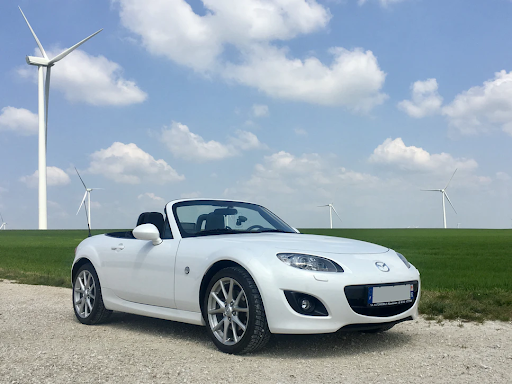
This automobile was nothing short of a sensation. The Mazda Miata, like the Volkswagen GTI, created its own niche and rekindled the market for tiny, light, and entertaining roadsters. Mazda reimagined the British sports car, but this time it didn't spill oil on your driveway or pour rain on your head. It even had the appearance of a Lotus Elan from the 1960s... sort of. The Miata was a dependable, cheap, and frugal commuter that wasn't an econobox, thanks to its 1.6-liter DOHC four-cylinder engine that produced 115 horsepower. It was also more enjoyable to drive than nearly anything else.
1991 Acura NSX
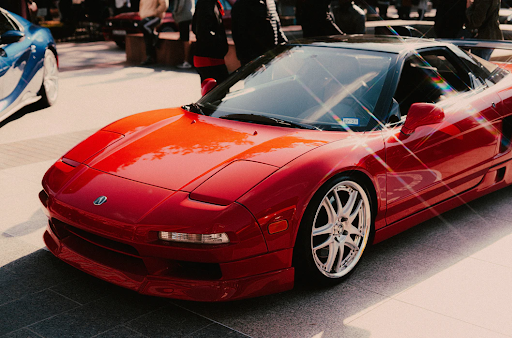
No one believed Honda had created a supercar when it debuted at the 1989 Detroit Auto Show. A hand-built, all-aluminum mid-engine vehicle with an 8,300 rpm redline and suspension adjusted by Formula 1 winner Ayrton Senna or God, as he was often referred. And it came from Honda, a manufacturer of tiny budget vehicles. Some individuals were just unable to comprehend it.
1992 Dodge Viper RT/10
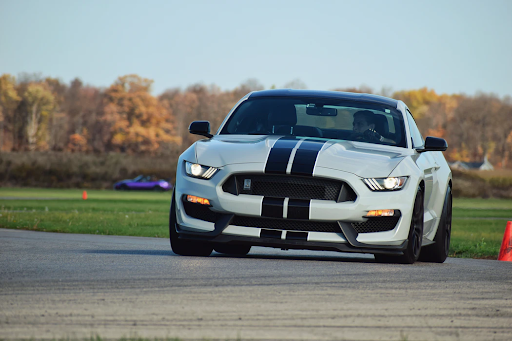
It was difficult to accept that the NSX came from Honda; it's even more challenging to comprehend how Dodge, a business built on K cars, managed to produce the Viper. But it did, thanks to Carroll Shelby's assistance, and it was magnificent. It was a modern-day 427 Cobra, one of the most extreme high-performance automobiles on the market and the polar opposite of Honda's NSX. There was no air conditioning, windows, outside door handles, traction control, or anti-lock brakes. There are just two seats, ten cylinders, six speeds, and a pair of genuine side pipes. Although it sounded like a UPS truck, the figures were staggering at the moment.
1993 Mazda RX-7
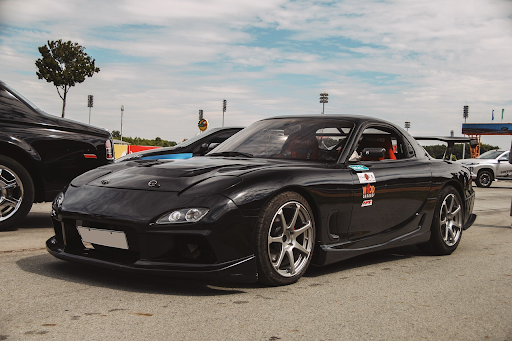
Mazda went severe with the third version of the RX-7, dubbed the FD by fans, soon after the Miata. In the 1st Fast and Furious movie, Dominic Toretto drove this car. Don't let that bother you. Unlike its Nissan competitor, the RX-7 was incredibly light, at only 2,800 pounds. Also, it's tiny. The wheelbase was only 95.5 inches in length. Make sure you can fit inside one of them before you buy one.
Toyota Supra Turbo, 1993

"Consider of it as a Lexus for Smokey Yunick," John Philips wrote of the new Toyota Supra Turbo in the March 1993 issue of Car & Driver. This vehicle was a beast. Its dual iron-block 3.0-liter inline-six engine produced 320 horsepower and 315 pound-feet of torque. That's more than the Nissan 300ZX Turbo and Mazda RX-7, which are its main competitors. It drove the rear wheels using a Getrag six-speed manual gearbox.
1995 BMW M3

By 1995, BMW's M division had already released a few notable vehicles, along with the first M3 (M30) and two M5s. But it was this automobile, the 1995 M3 (E36), that cemented the brand's reputation and success in the United States. Despite some early disappointment in its specifications, it was a great hit when it came out. It had 42 fewer horsepower than the European-market model. Instead, M3s sold in the United States had greater torque at the bottom end.
Its 3.0-liter inline-six engine produced 240 horsepower and 225 pound-feet of torque. The suspension adjustment was also unique to the American vehicles, and it cleaned the clocks by circling the skidpad with.86 g of lateral grip. It was only.03 g less than a Corvette could achieve. "Somehow it manages to mix a sense of upmarket wealth and elegance with flashing good looks, mesmerizing performance, and refreshing integrity," the Car and Driver road test concluded. The M3 is, without a doubt, a car that is towards the top of our desire list."
Corvette ZR1 C4 (1990-1996)
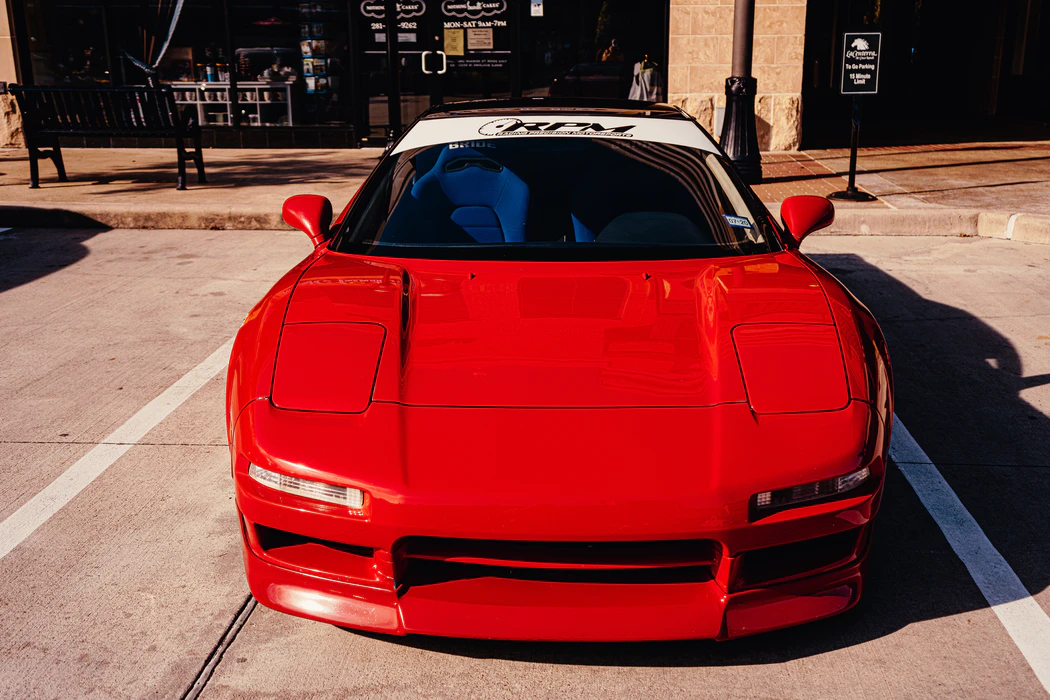
Yawns are common in the salty seas around pre-'67 Sting Rays and the newest C7 generation of Corvettes. The heart of a predator pulses in between, a superb iteration of an otherwise unremarkable vehicle. In 1986, GM joined up with Lotus, a British specialist vehicle manufacturer, to create the world's fastest production automobile. The LT5 motor that resulted placed the ZR1' Vette among the world's best performance machines in 1990. It's a 375 horsepower fire-breather with a peak speed of 180 and a zero to 60 time of 4.3 seconds at 7,200rpm, making it the first and only non-pushrod 'Vette engine to this day. By 1993, the engine's power increased to 405bhp, further enhancing its impressive all-around capabilities. It's easily on par with late-twentieth-century European supercars, yet it's still the most acceptable Corvette bargain. In 1990, the ZR1 option package added $27,000 to the $32,000 base price, which was outrageous at the time.
Porsche 928 GTS (1992-1995)
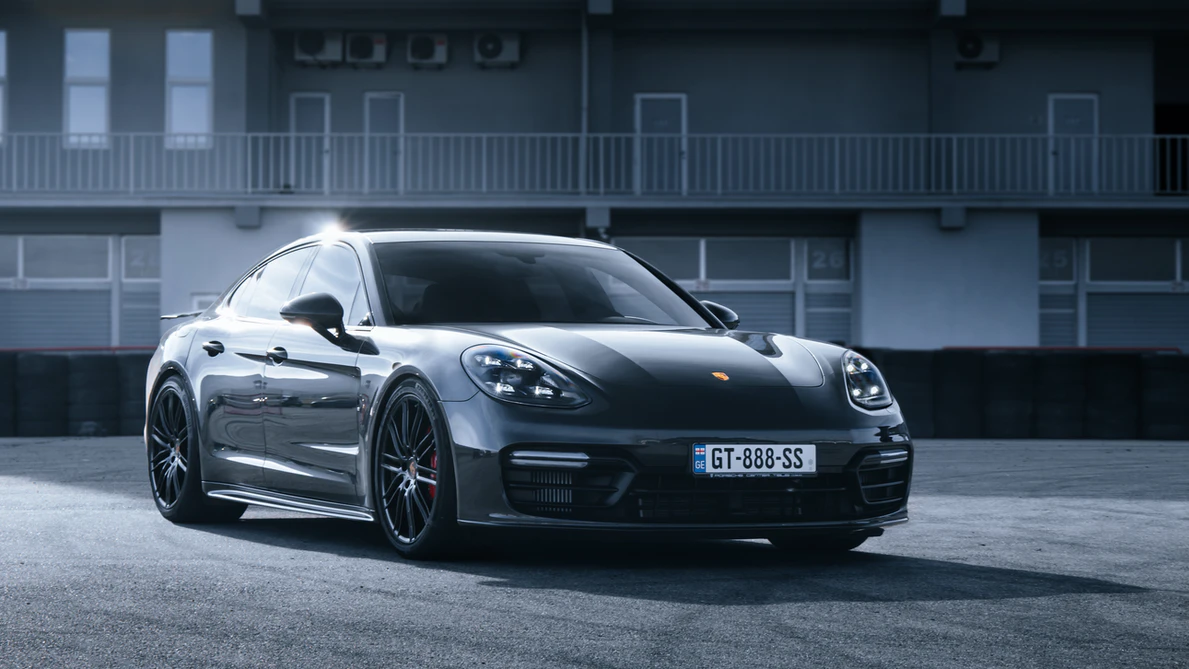
In the late 1970s, the Porsche 928 was meant to replace the iconic Porsche 911, and it went out with a bang. While the market for these late models is heating up, with prices exceeding $100,000-more than when new-not it's too late to get in. Only 406 of these rare, elegant, and powerful Grand Touring vehicles were brought to the United States, thus prices are bound to rise. Expect pricey upkeep, but with 17 years of refining, Porsche has had plenty of time to iron out the kinks, so dependability isn't an issue. Underneath its svelte hood, a 5.4-liter V8 engine churns out 350 horsepower and can reach speeds of over 170 mph. Although its fans think it to be one of the most beautiful vehicles ever, its design may be divisive.
Subaru SVX (1991-1996)

Subaru once took a risk and created one of the most innovative and underappreciated automobiles ever. Subaru's first and only effort at a high-performance, the high-tech luxury coupe was the SVX. In an Edsel bellyflop kind of way, it's interesting. Over the course of five years, just 14,257 units were sold in America, costing the business $75 million. Its price, which was eight to eleven grand more than anybody anticipated to pay for a Subaru at the time (about $42,000 in today's values), stopped purchasers in their tracks. Despite a commanding street presence and a quick appearance, the unique design, particularly the strange, space-age windows, proved difficult to sell.
Mercedes-Benz 500 E (1991-1994)

We can thank John DeLorean for the great idea of putting a big V8 into a gentle luxury sedan like the Pontiac Tempest, resulting in the GTO and the start of the muscle car wars. Years later, in Stuttgart, someone came up with the idea of applying the same technique to the standard E-Class car. However, it was probably more of a reaction to their Teutonic competitors on the other side of the Black Forest, who had been having success with the M5, which was essentially a beefed-up 5 Series sedan. The Germans, unlike the raunchy GTO, were the archetypal wolves in sheep's clothes. Only a keen observer would detect the tiny variations in stealthy sedans that concealed what lay underneath all that humility.
You might be interested to check the 10 Best Sports Cars In The World To Buy In 2021.
Words by Steward Rice









